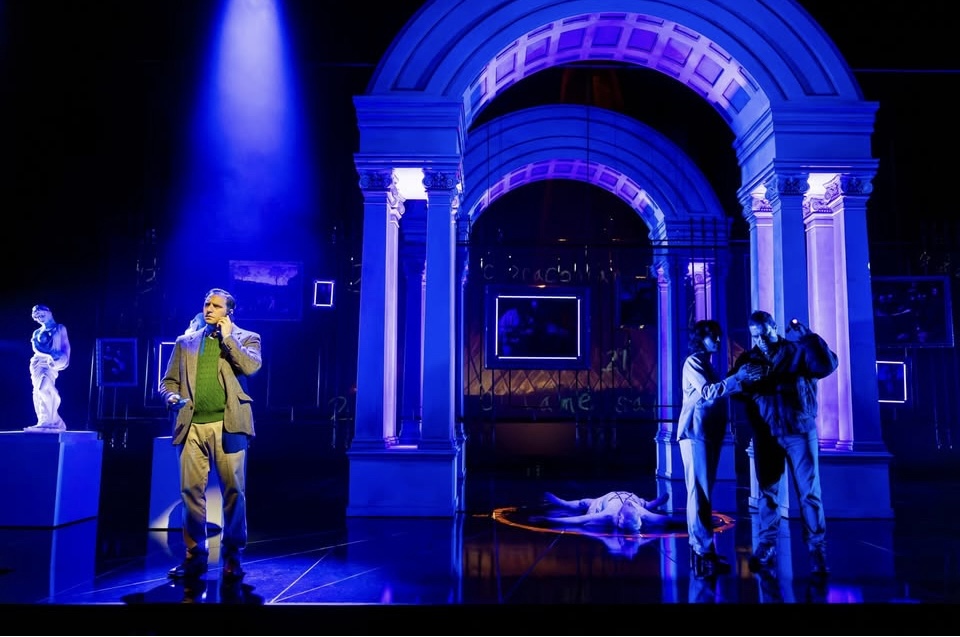
by Aimee Wilson | Sep 19, 2025
‘The Da Vinci Code’ is the latest production on stage at Alley Theatre in beautiful downtown Houston, Texas.
Utilizing RC4Magic 900MHz Transceivers, Lighting Director Jason E. Weber shared what he & his dedicated team created to keep props and set pieces moving wirelessly, without issue, across their vast stage.
- 4 x Sculptures — LED Uplights in Plinths
- “Toaster” Elevator with 3 x Interchangeable Facades (Bathroom, Plane, Bank) — which helped ensure they didn’t have cable getting tied up in the automation!
- 2 x Giant Rolling Arches — each has an LED stage fixture in the base powered by battery and RC4
- Rolling Bank Counter — LED Façade Washes and LED Pinspots for “Computer Monitors”
We love to see what the team at Alley Theatre does with their RC4Magic 900MHz gear each season!
Thanks for sharing!

by Aimee Wilson | Apr 30, 2025

BOOP!, the new Betty Boop musical, with music by Grammy winner David Foster and directed/choreographed by Tony winner Jerry Mitchell has hit the Broadway stage.
Betty leaves the black-and-white world and finds colorful adventures and romance with Dwayne, a jazz musician boyfriend in present-day New York City, where she is surprised to find that her fame has preceded her; Grampy and Valentina follow her to the real world and also find romance, while superfan Trisha helps and a mayoral candidate is an antagonist.
We are super excited for our friend Janet Hansen of Enlighted Designs who, once again, delivers some remarkable lighted garments using RC4 Wireless gear.
“We were commissioned to create two lighted garments for BOOP! The Musical, an uplifting Broadway show celebrating Betty Boop, which opened in April 2025 at the Broadhurst Theatre in New York. The lighted robe and shirt are used to illustrate a transition from the black and white cartoon world to the full color real world.
These pieces are built with a very high density of individually addressable RGB LED pixels, with a total of about 4000 lights between the two garments.
The lights are programmed with a series of effects, including a gradual expansion of red light to fill the whole surface, a red background with blue twinkling, and then a downward cascading rainbow. The patterns are triggered on cue via wireless DMX, using DMXpix receivers from RC4 Wireless. At each transition, a crossfade in the effects is computed by the Enlighted controller.” says Janet.
Check out Lighting & America’s May 2025 edition with further details on the production.
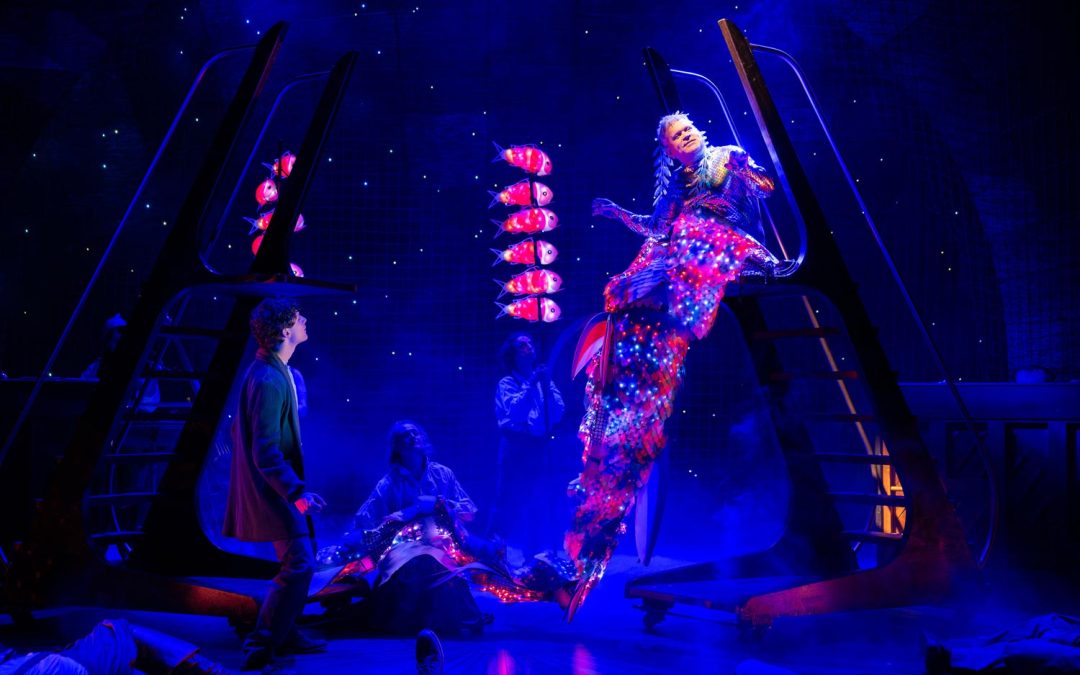
by Aimee Wilson | Dec 9, 2024
Our fabulous friends at Dead Puppet Society had the most awesome opportunity to work with Glass Half Full Productions, Jones Theatrical Group and Damien Hewitt Production, to bring ‘Peter and the Starcatcher’ to life for the first time in Australia.
The play provides a backstory for the characters of Peter Pan, Mrs Darling, Tinker Bell and Hook, and serves as a prequel to J. M. Barrie’s Peter and Wendy.
Using the RC4 LumenDimPix and even smaller RC4 LumenDimPixMicro gear, the teams created something our eyes can’t get enough of! Please check here for additional photos and videos of Peter and the Starcatcher.
Thank you for bringing RC4 Wireless along for the ride friends!
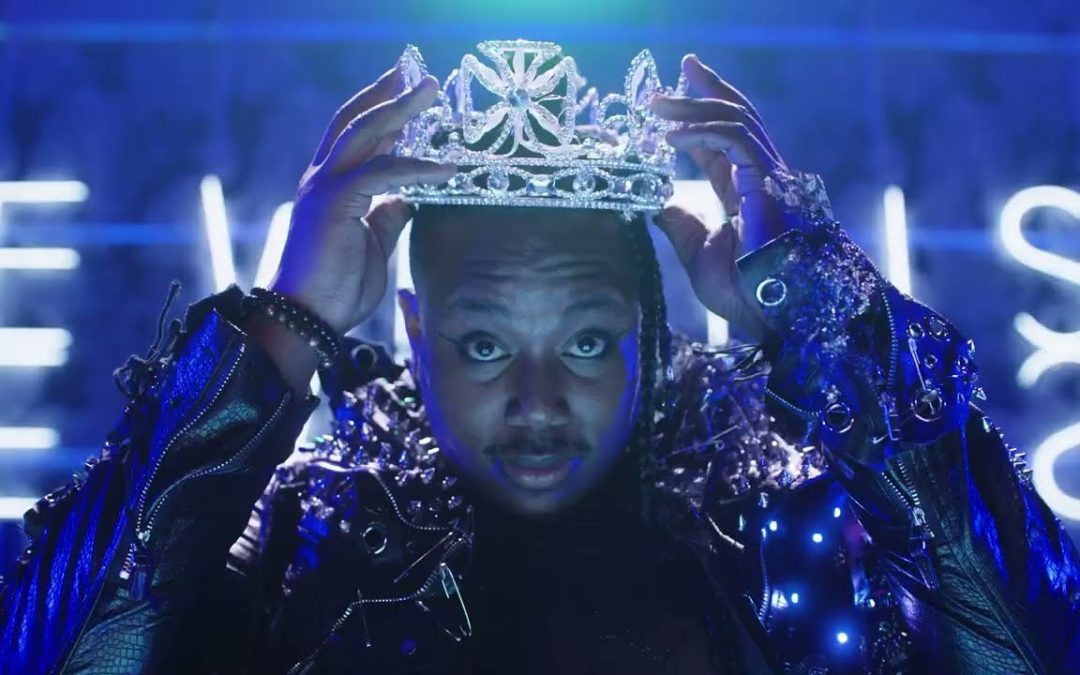
by Aimee Wilson | Oct 16, 2023
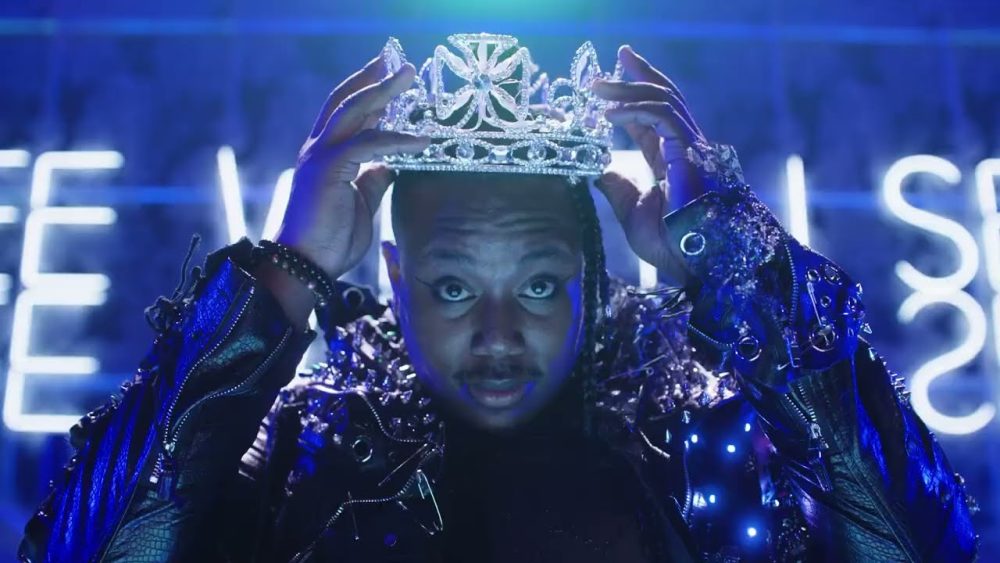 Fat Ham, is a deliciously funny, Pulitzer Prize-winning new play by Playwright James Ijames and Director Saheem Ali. It reinvents Shakespeare’s masterpiece. Juicy is a queer, Southern college kid, already grappling with some serious questions of identity, when the ghost of his father shows up in their backyard, demanding that Juicy avenge his murder. But here’s the rub! Revenge doesn’t come easy to Juicy, a sensitive and self-aware young Black man in search of his own happiness and liberation. From an uproarious family cookout emerges a compelling examination of love and loss, pain and joy.
Fat Ham, is a deliciously funny, Pulitzer Prize-winning new play by Playwright James Ijames and Director Saheem Ali. It reinvents Shakespeare’s masterpiece. Juicy is a queer, Southern college kid, already grappling with some serious questions of identity, when the ghost of his father shows up in their backyard, demanding that Juicy avenge his murder. But here’s the rub! Revenge doesn’t come easy to Juicy, a sensitive and self-aware young Black man in search of his own happiness and liberation. From an uproarious family cookout emerges a compelling examination of love and loss, pain and joy.
Enlighted Designs created some fearless art for this critically acclaimed play. Relying on the RC4Magic-900 series DMXpix, they created a glorious glowing crown fit for a king — truly a stunning hero prop — along with costumes which encapsulate the main characters flair and energy.
The crown has a zippered pocket in the back that holds the DMXpix receiver and a 9V battery.
Juicy’s coat has LEDs mounted like studs.
“FUNNIEST AND MOST INVIGORATING NEW SHOW ON BROADWAY.” – Variety
“A DELICIOUS AND IRRESISTIBLE PIECE OF WORK! SWEET, SAUCE, AND VERY FUNNY, FAT HAM HAS ENOUGH GOOD-TIME DISCO SPARKLE TO WIN OVER ALL BUT THE GRUMPIEST OF SPIRITS.” – Deadline
“DON’T LET THAT PULITZER PRIZE FOOL YOU. FAT HAM IS THE MOST FUN YOU’LL HAVE AT ANY PLAY THIS BROADWAY SEASON.” – The Wrap
“SMART, FEARLESS, BLISTERINGLY WELL-ACTED AND WILDLY ENTERTAINING!” – Chicago Tribune
“HOT AND SIZZLING! A RAUCOUS, FLAT-OUT HILARIOUS COMEDY! FAT HAM IS A REVELATION!” – The New York Times
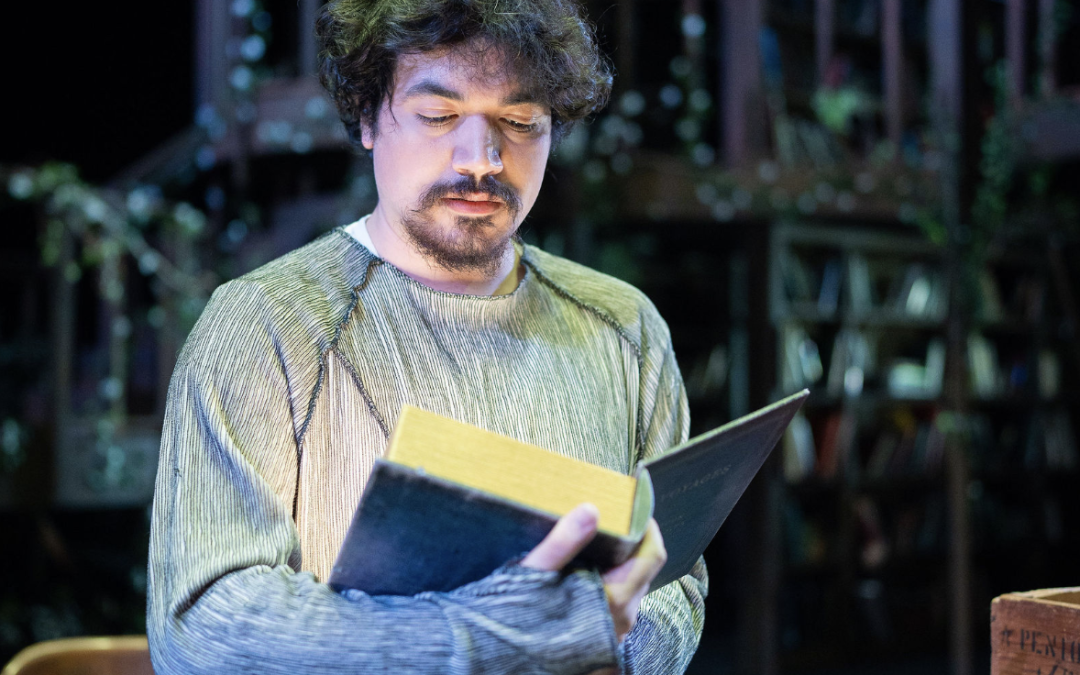
by Aimee Wilson | Oct 2, 2023
When The University of Rhode Island brought their RC4Magic 900MHz system, they quickly learned that they too could make magic with ease.
Lighting Designer Chris Woods interviewed James Horban (Assistant Professor of Design & Theatre Technology), Haley Ahlborg (Master Electrician), Sam Cote (Student Master Electrician) and Meghan Turner (Student Master Electrician) and learned how they incorporated RC4 Wireless into their design and production process.
For the production of ‘By The Way, Meet Vera Stark’, the set featured three revolves, and a RC4Magic DMX4dim lived within the center to power sconces, uplights, practicals, and PAR16s for the entryway.
On the production of ‘Into the Woods’, their story was told through the lens of a bookshop employee. The story itself was borne from a magical book whose characterizations were driven by light throughout the show. This project was entirely student-built, and done in a way that allowed the load to be disconnected for charging without disassembly.
If you’re interested in the University of Rhode Island’s Theatre Program, check out the link below!
#RC4DoesThat™






